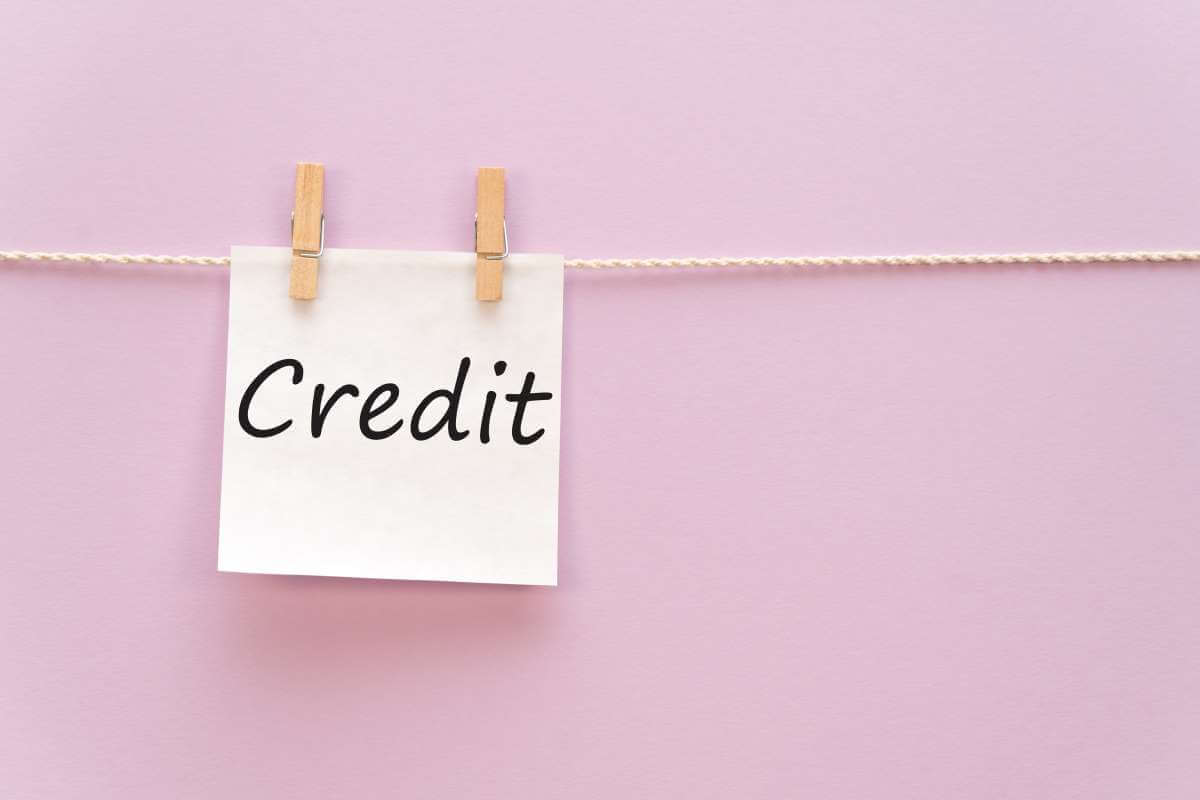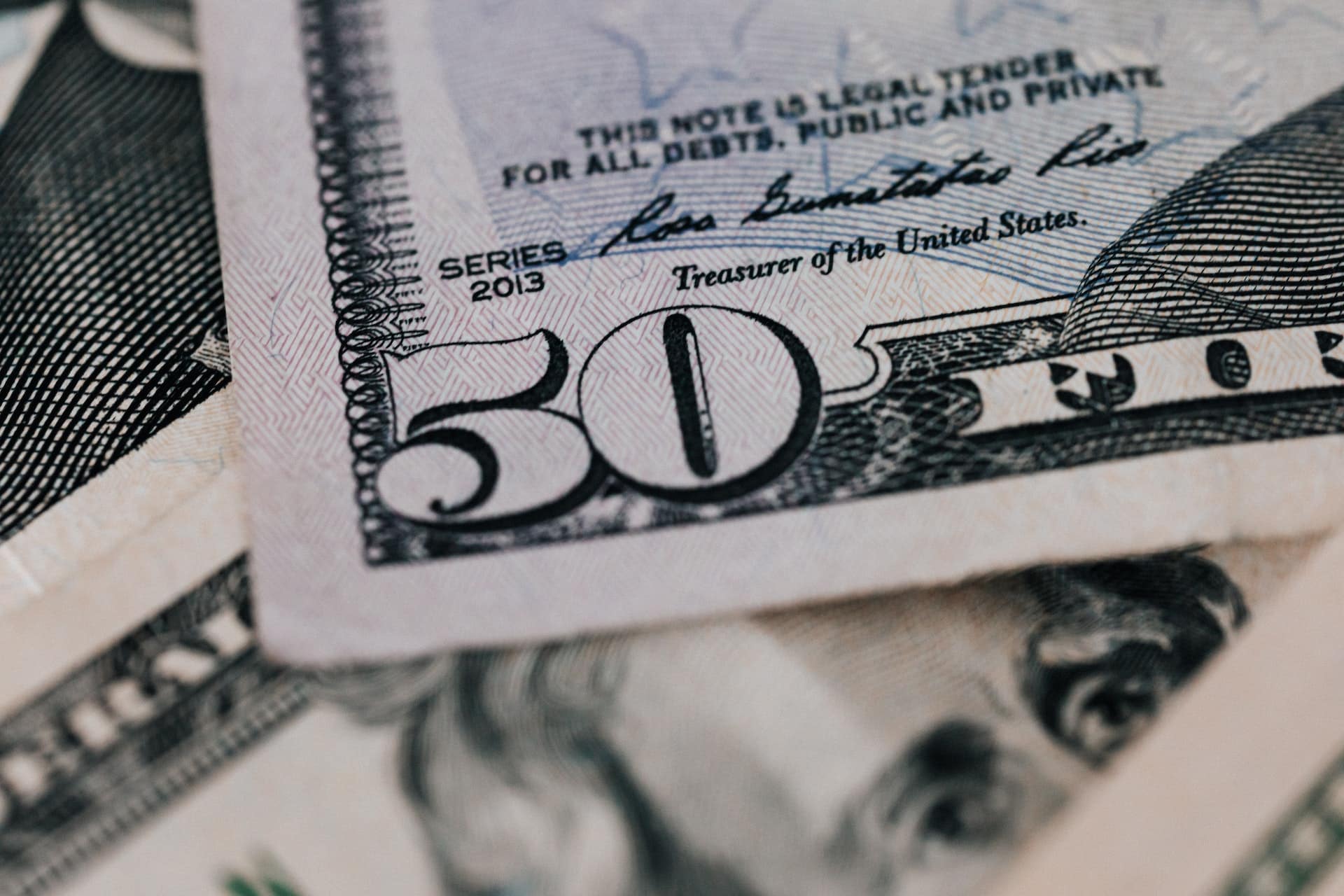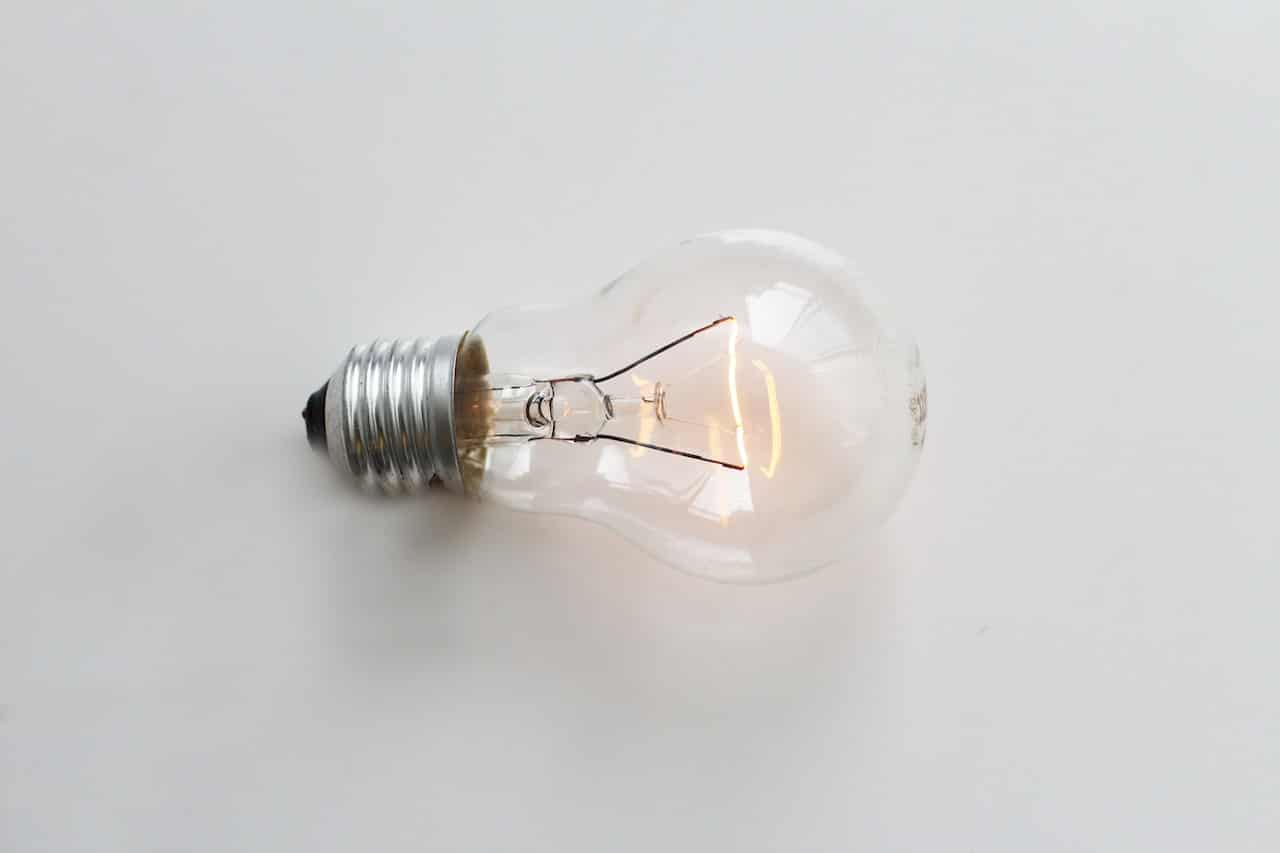When you need to borrow money, there is a whole lending industry full of options that can provide anything from quick cash loans to big financing. But do you know how to open a line of credit? Before you consider a credit line, you should have all the information you need to make the best decision.
In this article, we’ll look at what it means to take out a line of credit and what kind of consequences you can expect to deal with, with this effective alternative to personal loans. If you’re thinking about opening a line of credit, read on and learn more about what a line of credit means.
What Is a Line of Credit?
A line of credit is a lending product from a financial institution that allows you to borrow money for a predetermined amount of time. A line of credit comes from a financial institution like a bank or credit union. Much like installment loans, a line of credit is an agreement between a lender and a borrower that specifies interest rates, repayment schedule, and minimum monthly payments.
Ideally, your credit is a tool that is used sparingly and paid back quickly. That way, you can keep your line of credit as available as possible.
Credit Limit
Nearly every line of credit comes with a credit limit—the literal “end” of your credit line. Some creditors will allow you to spend over your credit limit, but that privilege generally comes with hefty Overdraft fees. Individual lenders determine credit limits based on borrowers’ financial information and behaviors.
Revolving Credit vs. Installment Loans
Unlike installment loans, your line of credit resets itself when you pay it back, so you have the opportunity to use it for other expenses. This debt scenario is called revolving credit. By comparison, an installment loan amount is given in a lump sum and finished when you repay the debt. If you pay off an installment loan, you would have to go through another application process to get another loan. And if some part of your financial profile (like income or debt-to-income ratio) differs drastically from that last time you applied, you could get denied.
Opening a Line of Credit
To open a line of credit, you will first need to apply. Start by completing an online application with your desired creditor. With an online automated process, you’ll be able to see if you pre-qualify and how much money you may be eligible for right away.
From there, most lenders are going to request a few documents. Photo ID, proof of income, proof of residency, and bank account information are some of the most common pieces of data requested by most lenders and financial institutions.
Once your lender has had a chance to review your documents, they will then draw up a contract for you to sign. Your contract will have specific details about your interest rates, and credit limit. After you have reviewed your agreement, you can sign and get your money. If you opted for a loan, you should receive funding in your bank account promptly. If you chose to apply for a credit card, your provider will send you a physical card in the mail to use.
Types of Credit Lines
Credit Lines can either be secured or unsecured. The difference between the two comes down to the use of collateral. Collateral is an asset that a borrower gives a lender to guarantee that they will pay down the credit line. Let’s look at some examples.
Secured: Home Equity Line of Credit (HELOC)
A Home equity line of credit, also known as a HELOC, is a type of loan that allows homeowners to borrow against the equity in their homes. Since they are built on your homeownership, HELOCs consider the home collateral.
Home equity is the difference between the value of a home and the amount of money owed on it. For example, let’s say that five years ago, you bought a house for sale at $100,000. Today, your property now is valued at $170,000. That $70,000 gain on your value can be converted into a home equity line of credit.
On average, a HELOC can carry a relatively low annual percentage rate (APR). That makes them ideal tools for debt consolidation. With a HELOC, you can pay off multiple debts and focus your budgeting on repaying down your line of credit. A HELOC gives borrowers a good deal of control over their debt management. Instead of getting a home equity loan that comes to you in a lump sum, a HELOC allows you to borrow only the amount of equity you need. So if you only used $30,000 of your $70,000 HELOC, you are only responsible for repaying that $30,000.
There are many ways to maximize your home’s equity, but it’s important to understand your home’s worth first. Research your neighborhood’s market value, check out recent home sales in your area, and get an updated appraisal to get a better idea of the true value of your property.
Unsecured: Personal Line of Credit
A personal line of credit works like a credit card; it allows you to borrow money up to a certain limit. A personal line of credit gives you a high level of control and flexibility. When you open a line of credit, you can decide when and how you use it. Here are some of the more common uses for lines of credit:
- Emergency expenses like car repairs or medical issues
- Financing big projects like a home remodel or a dream wedding
- Paying off other loans or multiple credit cards (debt consolidation)
- Covering basic needs when your income is low or nonexistent
Because personal lines of credit are unsecured, your access to one will depend on your creditworthiness. Creditworthiness is an assessment of your ability to take on a loan or line of credit and pay it back. One of the most commonly used determinants of creditworthiness is credit scores.
Credit scores are ratings calculated from the information on your credit report. Your credit report details your past and current relationships with lenders. Credit reports contain lots of information that helps potential lenders decide if they should work with you. There are three types of credit information that weigh the most on credit scores:
Payment History
Your payment history is a record of all your late or unpaid payments. This could include loan payments, credit card balances, or even late payments on your utilities. Payment history shows lenders how often you fail to pay on time.
Credit Utilization
Credit utilization is the measurement of how much of your available credit is in use. For most borrowers, credit utilization refers to your credit card balances. Keeping a high balance means having a high utilization rate. A big balance could tell lenders that you are slow to repay your debt.
Credit History
Credit history is also called credit age. Your credit history shows lenders how long you have been managing debt. Your history is as long as your oldest credit account.
Credit scores come from credit bureaus that analyze the contents of your credit report. A credit score ranges from 300 to 850; the higher the score, the better.
300-579: Poor/Bad
580-669: Fair
670-739: Good
740-799: Very good
800-850: Excellent
Secured or Unsecured: Business Lines of Credit
There are many reasons for a business to take out a line of credit. A business line of credit can cover inventory purchases, repair equipment, financial losses, or be used to fund marketing and advertising campaigns. A business line of credit provides quick access to money when a business needs it and gets paid down with installments. Depending on the lender, there may be times when the business must completely pay off a business line of credit before the business can borrow against it.
Banks and credit unions can structure business lines of credit with collateral or without. A secured business line of credit uses some sort of asset as collateral, like inventory or income from customers (accounts receivable). Unsecured business lines of credit depend on the current credit performance of the business and, to some extent, its projected performance in the future. An unsecured business line of credit depends on if the business will be successful enough to afford to pay down the line of credit.
Alternatives to a Line of Credit
Even though a line of credit can prove to be a solid financial fix, it may not be the best solution for everyone. Nevertheless, financial problems persist. If you fall into this category, know there are many other ways to get a loan than going to a bank or credit union. Let’s take a look at a couple of solid options.
Peer-to-Peer (P2P) Lending
Peer-to-peer lending offers an innovative way for borrowers to get the money they need without going through conventional financing options. P2P lending connects investors who want to fund loans with people who need money in this system. P2P lending can be a great option for people who need money quickly and don’t want to deal with the conventional lending process.
Peer-to-peer lending companies can help borrowers find an investor or group of investors to finance their loan amount. These companies don’t rely on credit scores to make loan decisions, so they can distribute an arbitrary loan amount and set an interest rate based on other factors like income and credit history.
401(k) Loan
A 401(k) plan is a retirement fund that allows people to save payroll money before local, state, and federal taxes. Instead, borrowers can opt to pay taxes on their savings now or when they begin to withdraw their funds upon retiring. If needed, it is possible to borrow against your 401(k) plan. Since it’s your money, the funds are fairly accessible. However, to keep your 401(k) viable, you will need to pay your fund back. If you need to borrow against your plan, be sure that you build a solid plan for repaying the money that doesn’t depend on you decreasing your regular contribution. You don’t want to borrow from your future self without knowing how to pay yourself back!
The Bottom Line on Credit Lines
No matter how much you plan and save, there will be times when you have financial needs that exceed your available funds. A line of credit can provide security to your life. But, to reap the benefits of a line of credit, you must be diligent about making sure that your balance stays low so that your credit is available for you when you need it the most.
And if you need to know more about lines of credit, like the difference between a personal line of credit vs credit card, check out the rest of the CreditNinja Dojo!
References:
Lines of Credit: Types, How They Work & How to Get Them | debt.org
What Is A Line Of Credit? | Forbes Advisor







